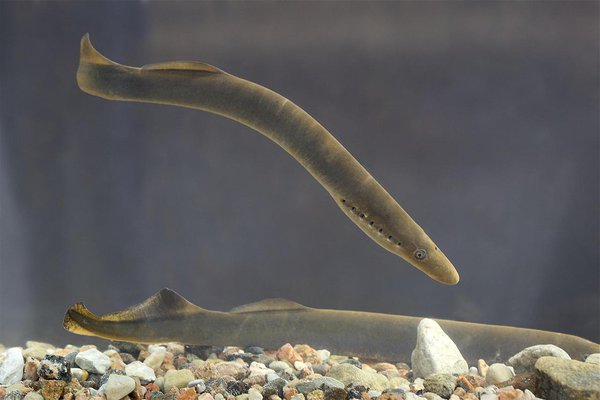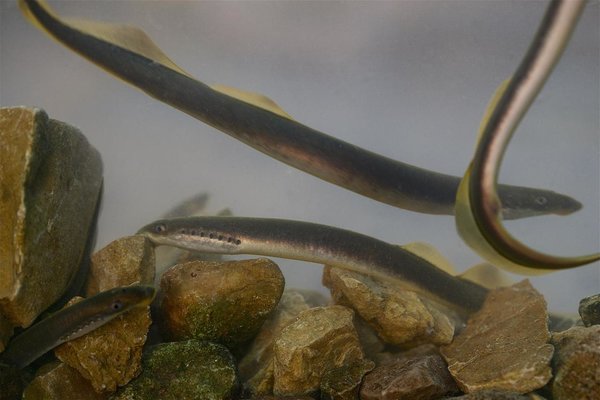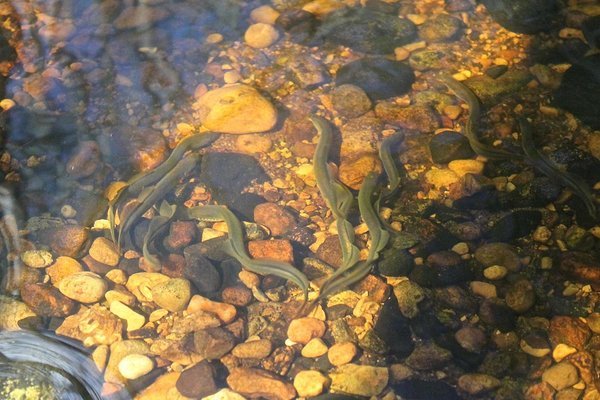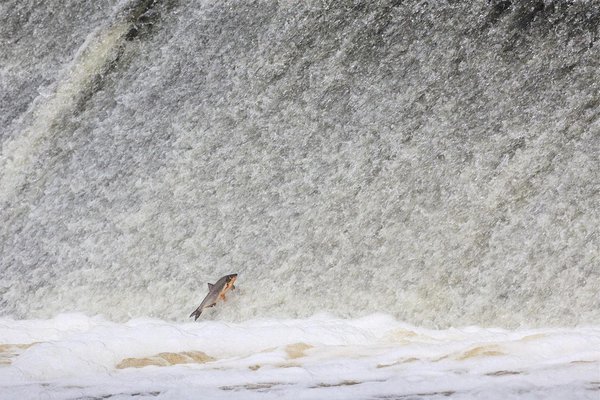Text, photos and video Tiit Hunt, www.rmk.ee
Translation Liis
River lamprey Jõesilm Lampetra fluviatilis
When the bird cherries flower, the river lampreys spawn, this has been noticed in the old days and the connection seems to be true even this particular spring.

The river lampreys started to head for the rivers already in the autumn of last year. The spawning migration has two peak periods: one in the autumn and the second in spring, immediately before the spawning.

The last-minute migrants are still on their way to suitable spawning areas in river stretches with shallow water and rapid flow, the others already lay down roe and milt. The spawning lasts about a month; after this the river lampreys die.

The spawning of the lampreys was photographed by Gustav Lauringson in the upper reaches of the Käru river on May 22nd.
In the nest furrow, covered with sand and gravel, a couple of weeks after the deposit of the roe the larvae are hatched; the young larvae are called ammocoetes. The river lampreys-to-be dig down into the bottom sediments and live there for about five years before they descend into the sea to feed as parasites; after having recovered for a couple of years in the sea they again head for a river to spawn. The life cycle of river lampreys lasts seven years.
In the video cut I have recorded young lamprey larvae (ammocoetes stage) that have already developed for a couple of years in the river bottom deposits.
The spawn of river lamprey in the rivers flowing into the



